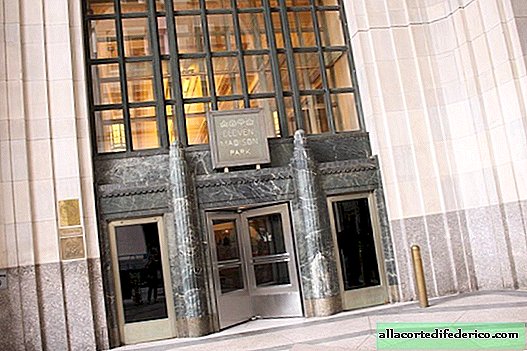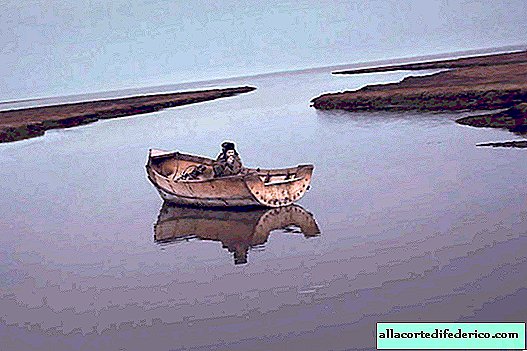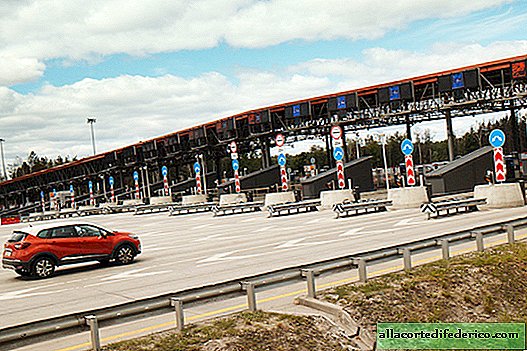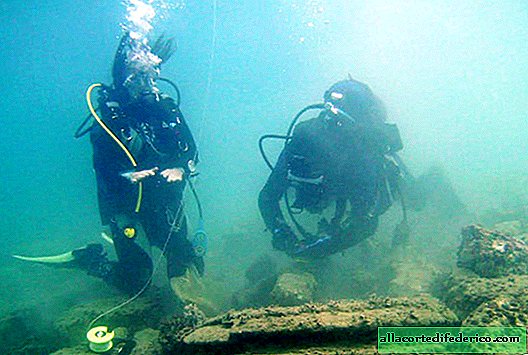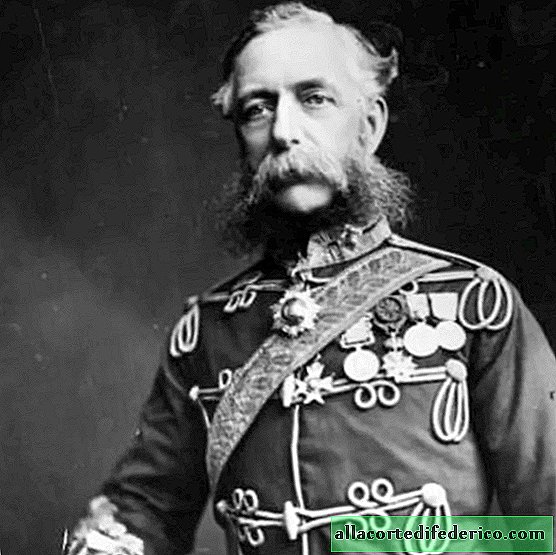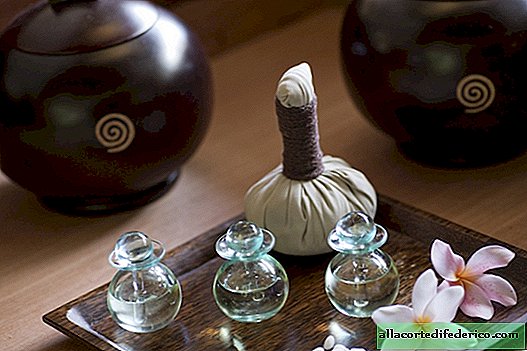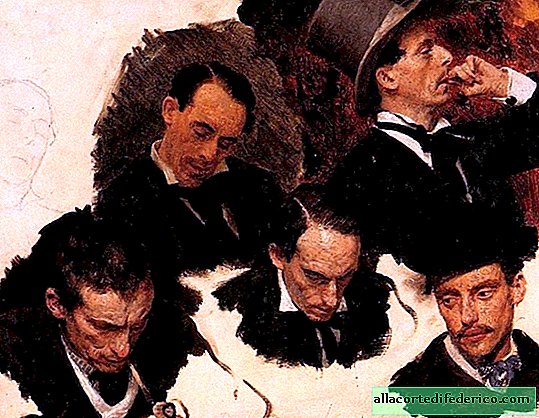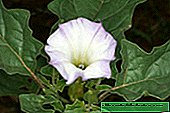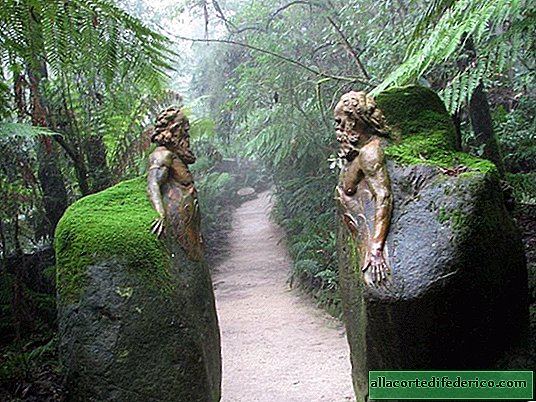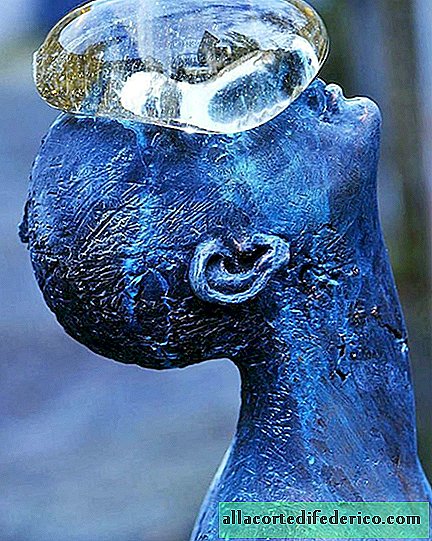Why most Japanese castles are a remake
In the center of many Japanese cities you can often see a magnificent castle in the classical style of Japanese architecture. These buildings do not look like castles in Europe, and even in other Asian countries, the fortifications look different. A Japanese castle is necessarily a complex, multi-tiered structure with several roofs and superstructures. Many of them stand on the heights of sheer stone walls and can even be surrounded by water to this day. Japanese castles look like romantic impregnable strongholds from some kind of fantasy.
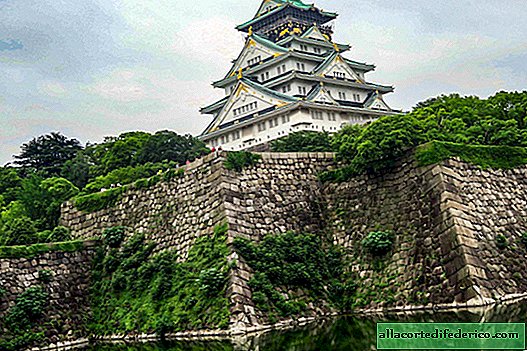
And it’s a little pity to learn about one such castle after another that most of them did not reach us from the time when noble samurai ruled Japan, but simply were built in the 1960s using modern technology. How did it happen and why? Let's get it right.
Here are a few castles in Japan. Before us are the castles of Hiroshima, Osaka, Kokura and Fukuyama. All of them existed during the time of Japanese feudalism, were destroyed and rebuilt in the second half of the twentieth century.

Most of them were built using the latest technologies: construction cranes, reinforced concrete. That is, these are the same historical castles as those that are in Disneyland.

Inside many of them you can find not only wide modern stairs, but also an elevator! Can you imagine the historical samurai who rode in armor from the first to the fourth floor in armor?

In short, as soon as you get inside such a castle, you immediately realize that this is pure deception, and there is little to do with ancient history. Well, perhaps the fact that once upon a time there really was a historical castle on this place.
Throughout the country there are only 12 castles, which are considered "historical originals" that did not destroy to the ground and did not rebuild from scratch 50 years ago. Here is the most famous of them Himeji Castle:

For many years it was closed for restoration, but modern Japanese restoration is a painstaking thing, now they are trying very carefully to preserve the maximum of original materials. Such work drags on for years.
Inside, the original interiors have been preserved. There are no rooms as such, each floor is a large open space, which can be broken up with traditional paper partitions (for them there are wooden "rails").

The floors are connected by very steep stairs. There are no elevators in sight.

But why are such genuine castles so rare in a country where they value history, culture and traditions? How did it happen that most castles in all of Japan were destroyed and rebuilt?
The main reason here is that many Japanese castles are built mainly of wood (this is clearly seen in the previous two photos). A tree tends to burn.

Japanese castles burned for most of the country's history - mainly because of military conflicts. These fortresses passed from one clan to another, often during this "transition" they were burned to the ground. For example, Osaka Castle was burned more than 400 years ago as a result of a siege by the troops of the first shogun of the Tokugawa clan. True, a few years later it was rebuilt. It was in the order of things.

The main period of the decline of Japanese castles was the second half of the XIX century. The country was undergoing massive transformations, which were later called the Meiji Restoration. It was a transition from a feudal system of government, where the shogun and samurai held real power, to a Western-style monarchy headed by the emperor. During these reforms and conflicts, the samurai class was abolished.
Now we look at Japanese castles and see beautiful, romantic monuments of old architecture. And in those days, castles were fortified centers of feudal power, which the young central government in Tokyo considered as a threat to its authority.
The same Osaka castle was again burned in a conflict between the emperor and the last shogun of the Tokugawa clan. Admit that there is something elegant - we can say that the 250-year-old power of the Tokugawa dynasty began and ended with the burning of the same castle!
However, this was happening all over the country. When the feudal system fell, all the castles of Japan passed into the possession of the emperor. At the same time, the monarchy did not want the restoration of samurai power, and considered castles as potential centers around which revolts of former feudal lords could break out (they really happened).
Therefore, during the Meiji period, almost two thousand old castles throughout Japan were destroyed - some were burned or simply destroyed. Most other power locks simply ceased to be maintained, and they soon deteriorated and fell into decay.
World War II “finished off” most of the remaining castles in Japan. Permanent American bombardments were directed at the cities, and a large number of the remaining castles were destroyed in the 1940s.

For most of the 1950s, the Japanese had no time for castles. They regained sovereignty in 1952 and gradually began to rebuild the most important objects of industry and infrastructure. But in the 1960s, the economy grew a little stronger, and many cities began to rebuild their castles.
However, recently this trend has been changing, and the Japanese consider their castles more as a cultural heritage and architectural monuments. The surviving old buildings today are preserved and restored, and more and more "new" castles are trying to build with the help of old drawings and technologies.

There are several "modern" castles, rebuilt relatively recently, in the construction of which the old technologies were used to the maximum. One example of this is Kanazawa Castle, rebuilt in 2001. Today, initiative groups are raising funds for a similar “historical” reconstruction of the Edo castles (in Tokyo) and Takamatsu (on the island of Shikoku).

So the future of Japanese castles looks pretty good.

In the meantime, those 12 historical castles that have come down to us in a more or less original form remain in the country. Here is a list of them: Bitchū Matsuyama Castle, Hikone Castle, Himeji Castle, Hirosaki Castle, Inuyama Castle, Kōchi Castle, Marugame Castle, Maruoka Castle, Matsue Castle, Matsumoto Castle, Matsuyama Castle (Iyo), Uwajima Castle.

